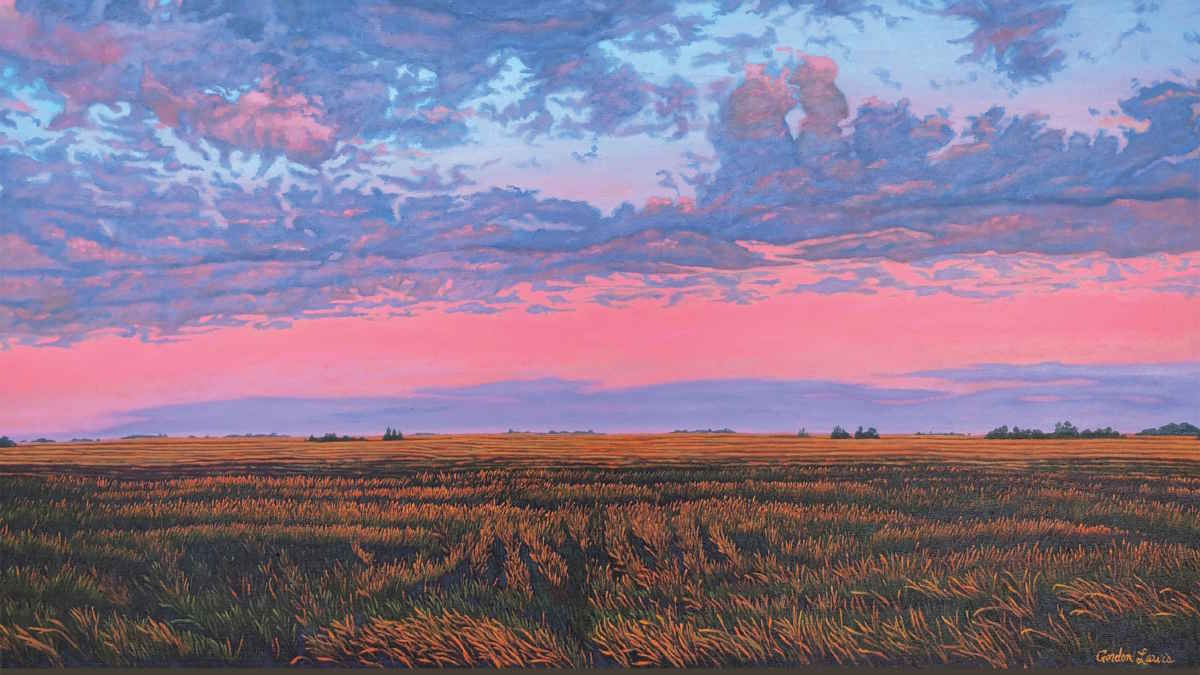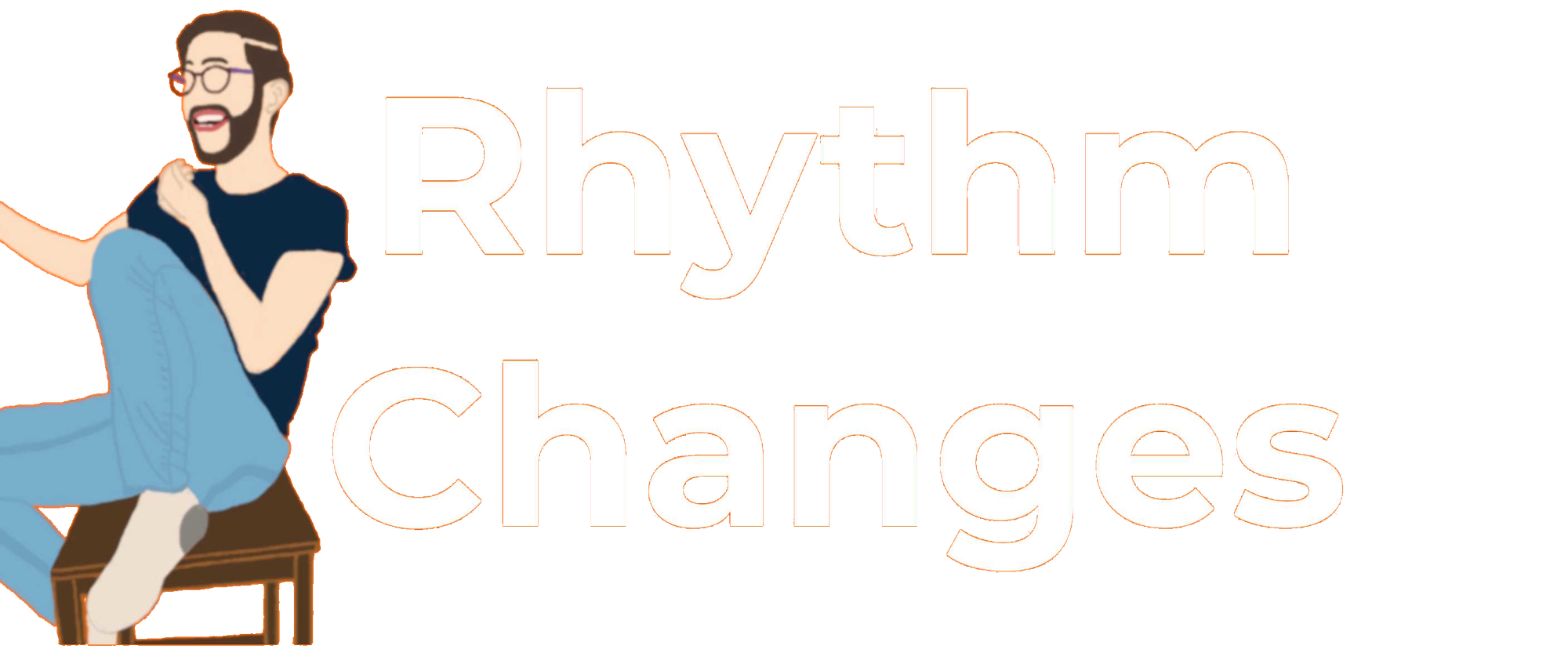Fred Stride on the Saskatchewan Suite
The Vancouver jazz legend shared some reflections on the new album called Saskatchewan Suite.

Vancouver jazz legend Fred Stride shared some reflections on the new album Saskatchewan Suite exclusively with Rhythm Changes.
Chronograph Records pulls no punches with their description of this album on their label:
“This is the most novel, ambitious, progressive, and challenging of projects in the history of the Regina Jazz Society and indeed, ever in all of Saskatchewan. No one has ever attempted to tell the 150+ year history of Saskatchewan in music and in the vernacular of jazz, with one of Canada’s most talented and brilliant composers, Fred Stride producing a commissioned work to tell this story that speaks to and includes all of us.”
I asked Fred three questions. His responses make a wonderful compliment to the stories he already tells in the album’s liner notes.
Personally, Fred has been a huge influence, whether writing or arranging formidable music for jazz students or constantly sharing his knowledge with applicants to the Fraser MacPherson Jazz Fund. I’ve never applied but have had the good fortune to accompany many friends in their successful auditions.
Without further ado, here is Fred Stride in response to me, with only the lightest of editing.
You’ve seen and worked on countless projects in your career. What are some of this project’s special qualities, in your opinion?
Writing the Saskatchewan Suite was a very unique experience. As you noted, I’ve been writing music of all sorts for a long time and for projects big and small. After those writing experiences, I can easily say that I had tackled nothing like the Saskatchewan Suite. The scope of the required subject matter—which encompassed the people, history, culture and geography of Saskatchewan shining through the lens of a large jazz orchestra—was a massive and somewhat complex commission.
In early 2019, the Regina Jazz Society reached out to a number of Canadian jazz composers and asked them to apply for a commission—the proposed Saskatchewan Suite. For my application, I did some preliminary research on the province to try and sort out, in a very broad manner, which subjects might be included in the suite and how many movements there might be as well as a general musical approach.
I was eventually chosen to write the Saskatchewan Suite in April 2019, at which point I began to research potential subject matter in more detail. The best resource for my research was Bill Waiser’s wonderful book Saskatchewan: A New History. This book is full of great information and perspectives on Saskatchewan history; Waiser held nothing back and it really helped me formulate my final ideas.
I started writing during last week of June 2019 and completed a first draft of all eight movements in mid-to-late August. I let it sit until the beginning of October, at which point I began to massage the work, making mostly small changes along with a couple of big ones. The parts were sent out to the players in early December so they could prepare for our first read-through on December 26.
Selecting the subject matter for each movement was a particular challenge. Peter Champagne, the president of the Regina Jazz Society, gave me some broad and some very specific topics to deal with. There were quite a few things that he and the society seemed to want to include. It was actually quite overwhelming.
Thinking about what I had learned and what RJS wanted included, I soon realized I could not include everything; I had to make the topics broad in nature. The first thing I considered was eliminating any reference to a specific person. Well, as I was putting the suite together I wanted to describe Saskatchewan as a part of Canada, so one movement was dedicated to Tommy Douglas, who gave Canada universal healthcare. It also happened that my father, who was a big Tommy Douglas fan, died while I was writing, so that movement also became a dedication to my father.
In the end I decided on 8 movements that deal with broad subjects:
- The Place – a description of the landscape: The Beginning; The Dunes; The Quiet Forests; The Prairie; The Lakes; Fields Of Gold; The Cold, Sometimes; Towns and Cities.
- The First – a portrait of the first people of Saskatchewan. This was an important movement for me. I really wanted to make sure it was respectful yet still had a jazz vibe. It was the first movement to be completed and took the longest to write.
- The Newcomers – the European settlement. Big band jazz using European-style folksongs.
- The In-Between – a portrait of the Métis. A celebration of the Métis fiddle tradition.
- September 1905 – the month Saskatchewan became a province of Canada. This is some fun with our national anthem, which finally emerges at the very end.
- Saskatchesports – this movement was a request from the RJS. This movement paints big band portraits of favourite Saskatchewan sports: baseball, football, curling, and hockey.
- Thank You, Mr Douglas – a portrait of Tommy Douglas.
- Saskatchejazz – Peter Champagne had always talked about tying the history of Saskatchewan to the history of the jazz and to the past and present jazz performers of Saskatchewan. There are many ways to tie these together, but I thought I would give a miniature history of jazz and the jazz that would be heard in dancehalls, clubs, and concert halls for the past one hundred years. This movement ends with a full on traditional swinging big band.
Which stories can you share about your relationships with some of the musicians featured on this record?
The musician I’ve had the longest working relationship with is PJ Perry. He and I spent many years working together on projects with the late Tommy Banks. I was delighted he was going to be in the band—he is one of my favourite saxophone players and a superb lead alto player. He receives a lot of respect from all musicians, particularly other saxophone players.
When he would play solos in the suite, I would see the others listening intently. During one of the rehearsals, PJ asked the saxes to run through a particular passage. The entire band gasped at the collective unity of sound of the entire section, which speaks to their respect for PJ’s musicianship and integrity and for his musical leadership.
I’ve worked with a few other musicians on my visits to the prairies for various concerts: Ross Ulmer, Al Muirhead, Dean McNeill, Brent Ghiglione. Of course Steve Kaldestad and Miles Hill were, like myself, from Vancouver. I had met Miles on a couple of casual dance gigs in the very early 1980’s when he was a fresh young face on the scene, just having moved to Vancouver. I didn’t get to play or work with him for a very long time—we were all doing our own thing. This gig put us together again and I must say that working with him as both a player and recording engineer was fabulous. His sensibilities regarding recorded big bands, especially live, were much like my own.
I knew some of the musicians by name through their recorded work, such as Kelly Jefferson, Jon Ballantyne, and Ted Warren. I’m a bit fussy with drummers and after working with Ted, I can see why he plays for so many Toronto groups, including Rob McConnell’s Boss Brass.
Then there is the solo work, particularly the saxophones. The breathtaking saxophone exchanges in the final movement, Saskatchejazz, was a last minute decision. At our last rehearsal, I asked the saxophones if they would be game for some extended solos. They all agreed. I then explained to the band what we would do at that point in the music and in what order the solos were to go. No further explanation or rehearsal of that section was done—it was all spontaneously created at the concert.
During the performance, I was giving Steve Kaldestad hand signals and he was relaying that information to the others. However what we were doing was evident to the saxophones and the rest of the band and, being such skilled and experienced jazz musicians, they all ran with it. That is something I love about being in the jazz world: the spontaneity that can happen, even in a large jazz ensemble.
You are a wealth of knowledge on Rob McConnell and the Boss Brass—a Canadian jazz institution. What’s one thing that young jazz musicians need to know about them?
I would hope that any Canadian jazz musician would appreciate the great Canadian contributions to the jazz world, not just the really famous Canadians like Oscar Peterson and Maynard Ferguson, but those that stayed and worked exclusively in Canada. Rob McConnell was one such musician. He created a highly identifiable big band sound and his band was populated with the very best of the Toronto scene. Interestingly, his writing and his band, the Boss Brass, became far more famous and appreciated outside of Canada, particularly in the US.
Today, anyone that is involved with big band music anywhere in the world knows about Rob McConnell and the Boss Brass. Anyone interested in big band music should check out those recordings for both the writing and playing. I also hope that all young jazz musicians and fans really check out the world class musicians in every town and city in this country that decided to stay in Canada.
Stream Saskatchewan Suite here.
The artist maintains the link above. If the link broke, please contact Rhythm Changes, and thank you for the heads-up.





